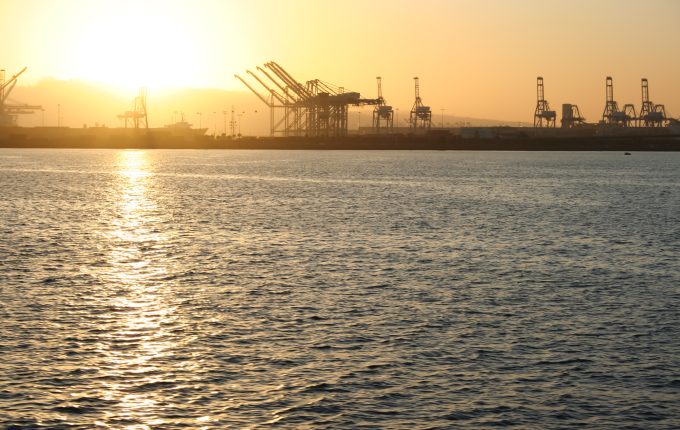More pressure on transpacific rates as carriers bet on a China-US trade deal
Mainline operators are pushing for higher transpacific rates in May, betting on a trade deal ...

Chinese transpacific container shipments to the US declined by over 1m teu last year, representing a 10.8% volume drop and the first overall volume decrease on the route since 2009.
According to new analysis from Alphaliner, total volumes from Asia to the US fell 2.5%, as ...
Keep our news independent, by supporting The Loadstar
Red Sea crisis has driven most new capacity into extended Asia-Europe trades
Carrier price hikes hold, driving spot rates higher as space gets scarcer
Explosions and 'out-of-control' fire reported on Wan Hai box ship
Crew forced to abandon ship in latest fire on vessel carrying EVs
The Loadstar Podcast | Transport Logistic and Air Cargo Europe 2025
'Now or never' for Kuehne and DHL GF to hit back at DSV
Carriers on the hunt for open tonnage again as transpacific rates soar

Comment on this article